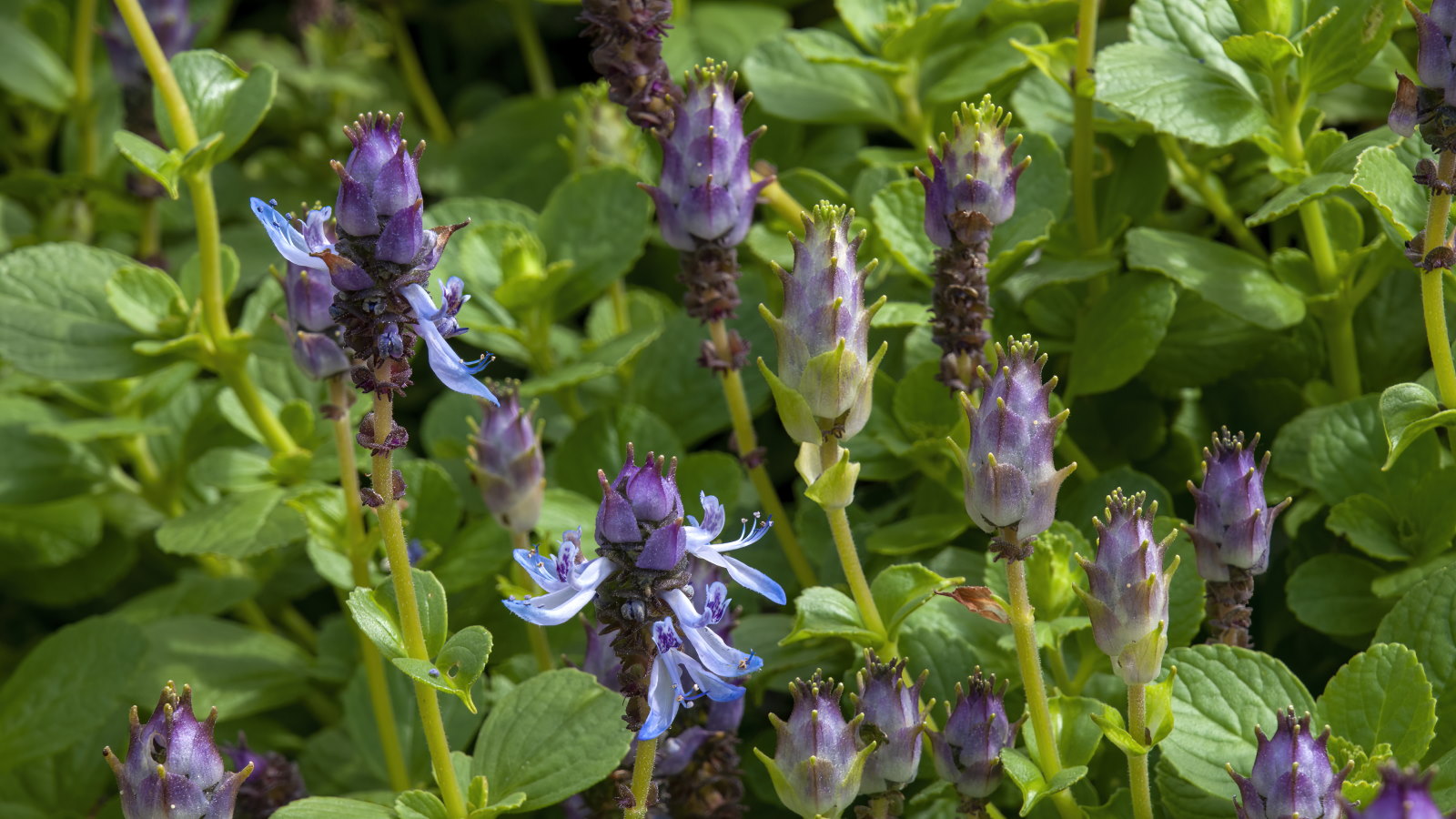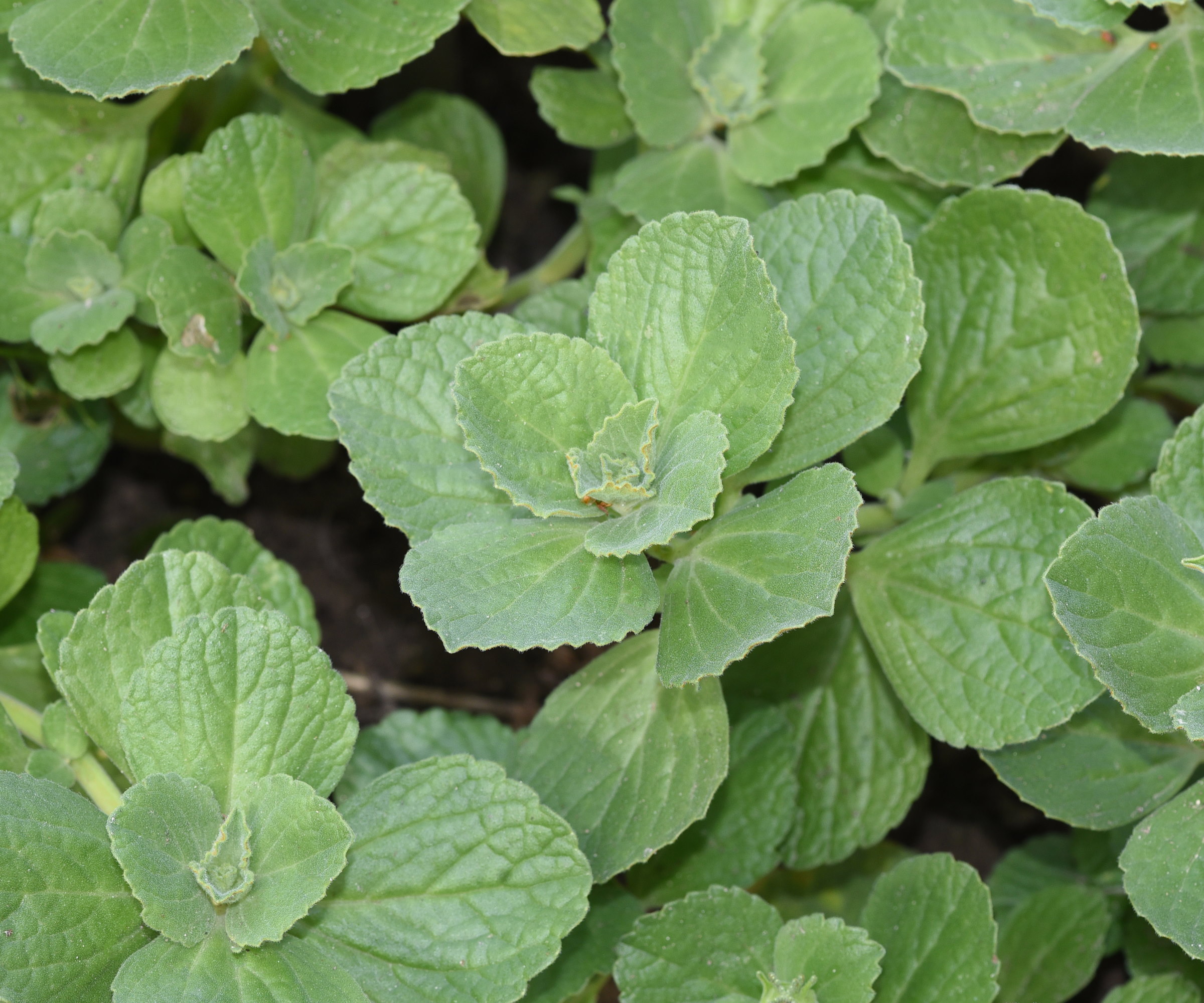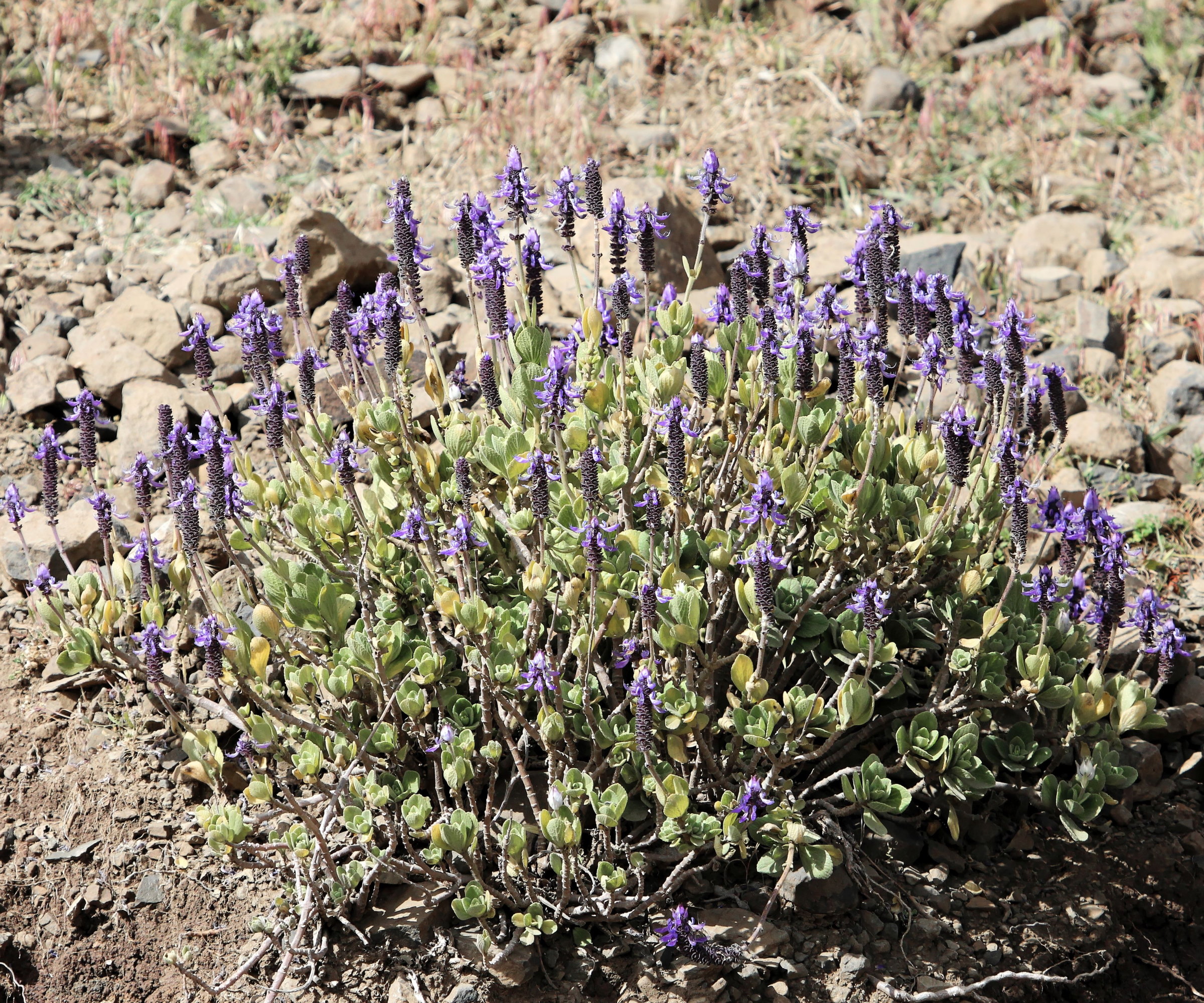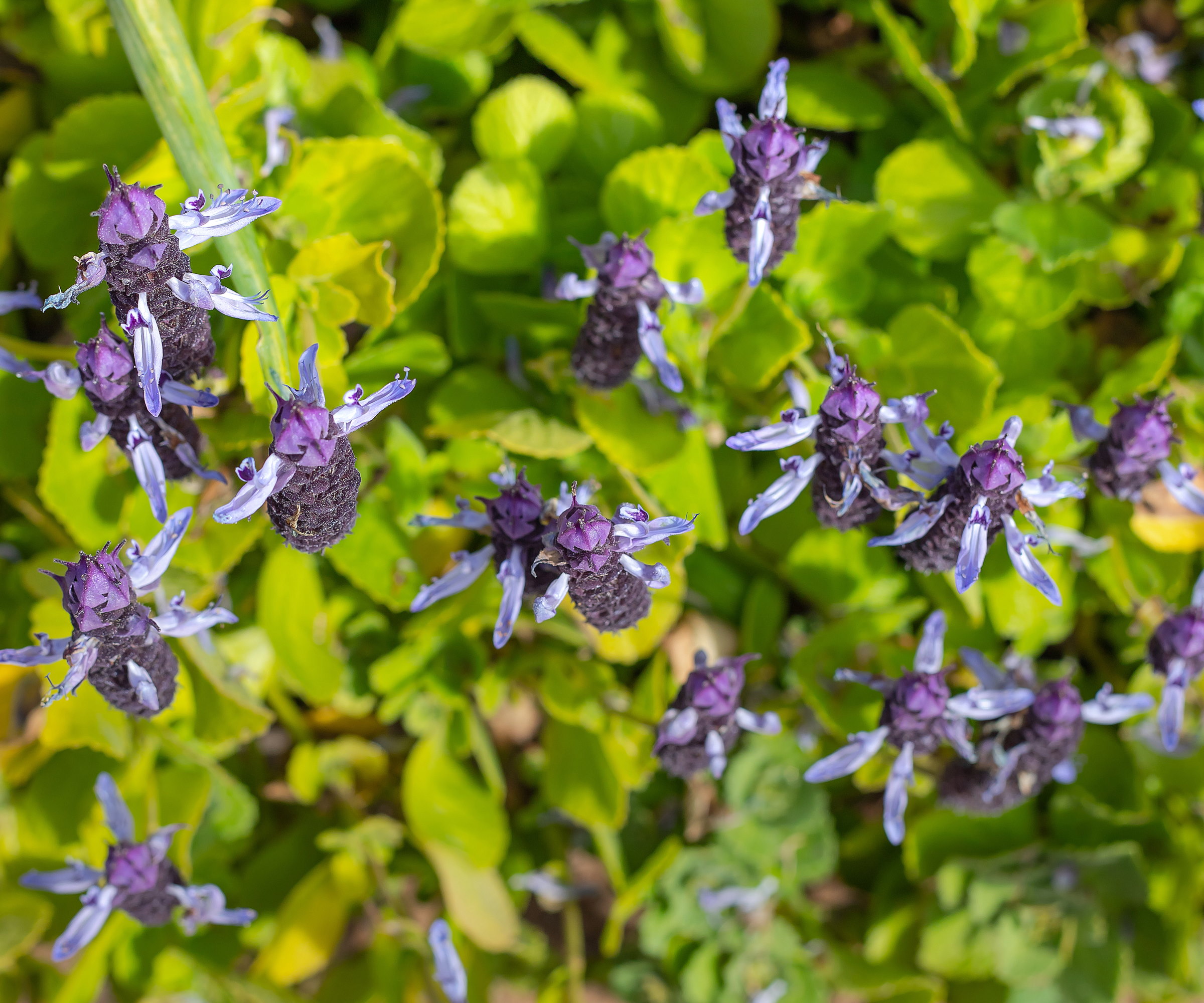
Unwanted visitors can be the bane of many gardeners. If you have tried and failed so far to keep cats, dogs, and other small mammals out of your garden, the Coleus canina plant may provide an answer worth experimenting with.
Coleus canina produces a strong and unpleasant smell that is known to deter animals, yet offers attractive foliage and flowers in the backyard. It may be one of the best pest-repelling plants as it is very low-maintenance and can thrive in the ground or in containers.
Let's learn more about the potential that this pest-repellent plant offers. If you struggle with neighbors cats or foxes using your beds as a toilet, or rabbits nibbling at your plants, then Coleus canina may be the solution for you.

All about the scaredy cat plant
Coleus canina plants are beneficial and easy to grow, but you do need to get the basics right for them to thrive. I spoke to gardening experts to look at how the plants deter pests, where to plant them, and what maintenance they need to prosper in your garden.
What is the Coleus canina plant?

Coleus canina, or plectranthus caninus, is a perennial plant that is native to southern and eastern Africa. It is actually in the mint family and not related to other types of coleus - which are heat-loving foliage plants that come in a variety of bright colors.
Coleus canina is known by many names, including the scaredy cat plant or the pee-off plant, which relate to how unpopular the plant is to animals.
‘Coleus caninus produces a strong skunk-like fragrance that most animals, including cats and dogs, find unpleasant,’ says Kiersten Rankel, a plant expert from the Greg app. ‘The scent is released when animals brush against their leaves, making it a natural deterrent.’
The Coleus canina plant emits the smell as a stress response when animals rub against it and it is a scent that garden pests hate. It means the scaredy cat plant can be used to deter stray cats and unwanted neighbors pets that may be using your backyard as a toilet.
While the scent is unpleasant for cats, dogs, and other small mammals, it is not highly noticeable to humans. ‘While humans can smell it if touching the leaves, it's not overwhelming in the garden unless their leaves are crushed,’ adds Kiersten.
So, you may wonder, what does the Coleus canina plant look like? It is an attractive perennial, with oval and scallop-edged grey-green leaves and small spikes of violet-blue flowers throughout summer.
The flowers attract butterflies, bees, and other pollinators, making the scaredy cat plant great for wildlife gardens as it attracts beneficial insects while also repelling unwanted cats, dogs, foxes, and rabbits.
Where to grow a Coleus canina plant

Coleus canina is hardy and can grow year-round in US hardiness zone 9 to US hardiness zone 11. In colder US hardiness zones, plants can be grown as annual plants or they can be grown as part of a container garden and brought indoors to overwinter in a warm and protected area.
The plant can grow in flower beds and borders or pots. When thinking about adding the scaredy cat plant to your backyard ideas, consider the location and how often people may brush against it. Though its scent isn’t as unbearable for humans, it is inadvisable to use it to line garden paths or the edges of patios where it may regularly be rubbed by people.
An ideal spot for Coleus canina would be a sunny spot, however, the plants can tolerate part shade - but too much shade will affect its growth, flowering, and scent. It prefers a well-draining soil type and will not thrive sitting in soggy conditions.
Nathan Thorne, an experienced horticulturist, recommends mixing in some composted bark or coarse sand into the planting site. He claims: ‘This mildly acidic blend not only helps the plant thrive but seems to make its scent stronger, enhancing its deterrent effect.’
The plants can reach up to two feet tall and wide, so want to be spaced accordingly to give them adequate room to reach full size. Scaredy cat plants are regularly sold in garden centers, nurseries, or online, while plants can be propagated from seed or plant cuttings.
How to maintain a Coleus canina plant

- Watering - The scaredy cat plant is simple to maintain and a drought-tolerant plant once established. It will need regular watering to get established, but after that only water during extended dry periods. Take care not to overwater plants, as the plant is prone to root rot caused by excessive moisture. Only water when the top inch of soil is dry, or use a soil moisture meter, available at Amazon, to help you judge when to water plants.
- Pruning - Coleus canina plants can be kept bushy through regular trimming. ‘Pinch back growing tips early in the season to encourage branching, and remove any dead or yellowing leaves as needed,’ advises Kiersten Rankel. ‘While deadheading isn't strictly necessary, removing spent flower spikes can help clean up their appearance and redirect energy toward growing new leaves.’ Deadheading old flower heads will prevent the scaredy cat plant from self-seeding around the backyard. It is advisable to wear gloves when pruning, as the act of touching the leaves when trimming will emit the plant’s scent.
- Propagation - Scaredy cat plants can be propagated from seed or cuttings. Sow seeds indoors in spring around 6-8 weeks before the last frost and germinate them in a greenhouse or on a warm, bright windowsill. Pot up the seedlings as they develop and transplant seedlings into the garden after the last frost. Stem cuttings of Coleus canina plants can be taken in late spring or early summer. ‘Choose healthy, non-flowering stems about 4-6 inches long, remove the lower leaves, and place them in water or moist potting mix,’ recommends Kiersten Rankel. ‘They usually root within a few weeks.’ The new plants can be added to the backyard once they have developed roots a few inches long.
FAQs
Does Coleus canina repel foxes?
Yes, coleus canina plants can deter foxes. It makes it an attractive option if you care for chickens and want to deter the predators away from your birds.
Does Coleus canina repel dogs?
Again, the answer is yes. Coleus canina plants are known to deter dogs. Along with foliage that is toxic to pets, the plants are not ideal for dog-friendly backyard ideas - unless you intentionally want to discourage your pet from specific areas of the yard.
While coleus canina can deter many unwanted garden pests, it is not a proven way to get rid of squirrels from a backyard. There are, however, strong-smelling plants which will deter squirrels, such as alliums, like garlic, or peppermint, that can be used as companion planting to stop them from nibbling on your bulbs.







